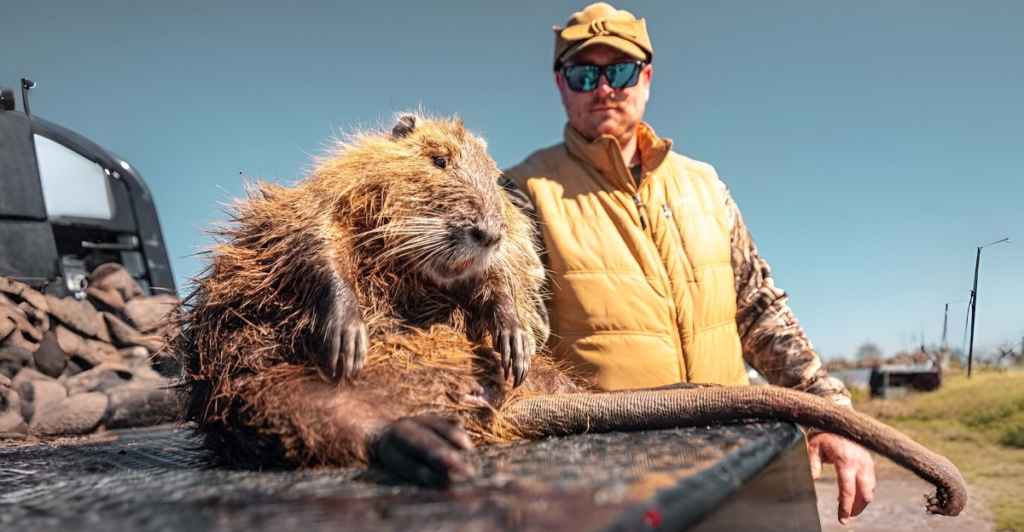
The Sacramento-San-Joaquin River Delta and the Central Valley have been damaged by an invasive rodent species called the nutria in recent years. Native to South America, these rodents were introduced to the United States for the fur trade but later proved to be a serious ecological threat. Now, to combat the problem, wildlife officials have turned to an innovative solution: encouraging people to eat them. The aim is to decrease nutria numbers and educate people on the significance of controlling invasive species.
Nutria Overview
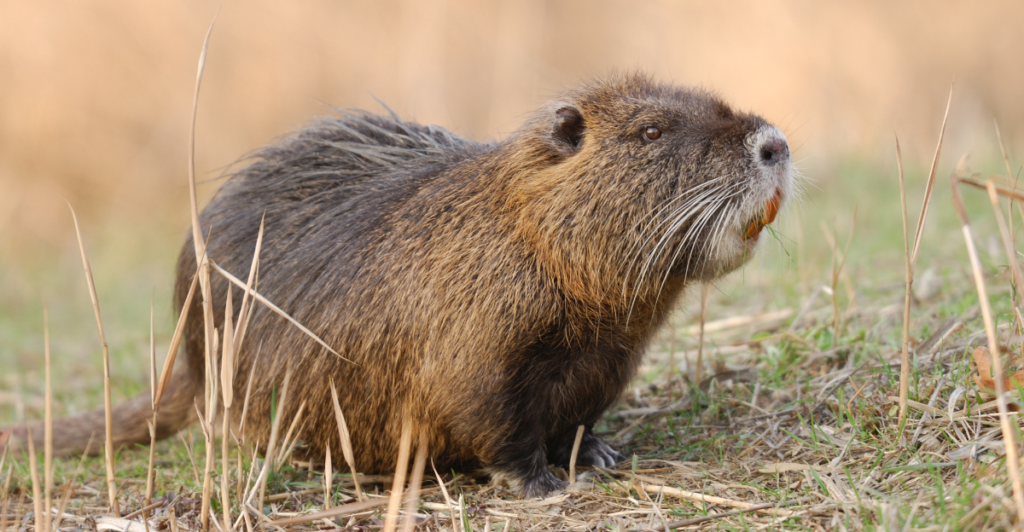
Nutria are large, semi-aquatic rodents that can grow up to 3 feet in length, including their tail. They are known for their distinctive yellow buck teeth and are often mistaken for beavers and muskrats due to their similar appearance. However, nutria has a more arched back and a longer, sparsely haired tail compared to beavers.
Habitat and Diet
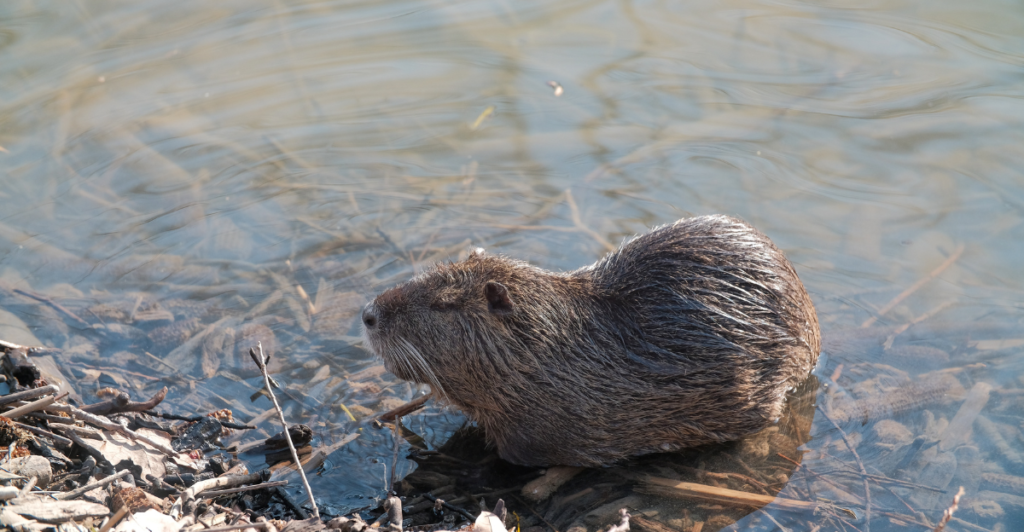
Nutria are found close to permanent water sources like rivers, streams, lakes, and wetlands. These voracious herbivores can consume up to 25% of their body weight in vegetation each day. This feeding behavior wreaks havoc on native plant communities and leads to the destruction of soil structures, which causes extensive erosion and the destruction of wetland habitats.
Environmental Impact
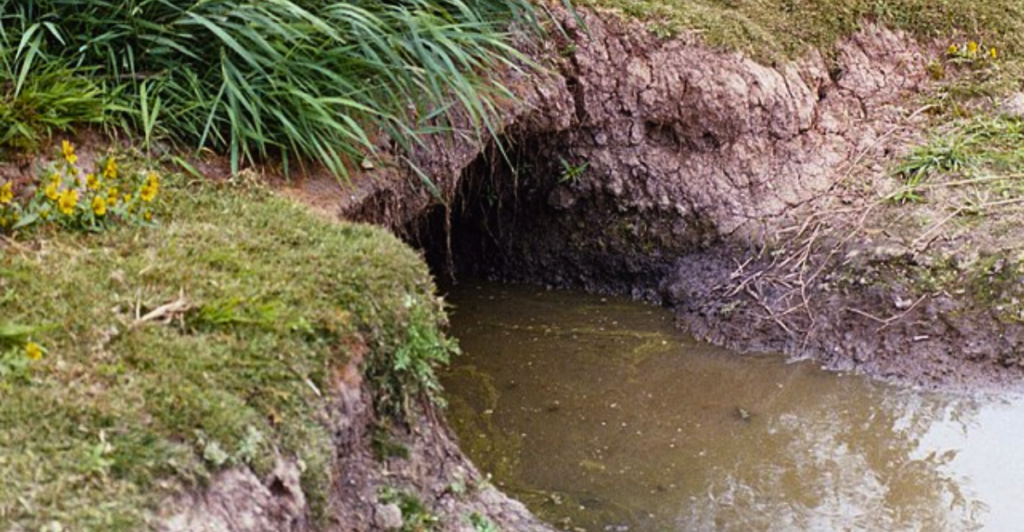
Nutria have a complex environmental impact. They burrow through banks and levees, an impediment that can cause structural failure or erosion. This not only leads to water retention but also threatens agricultural crops and infrastructure. Nutria also causes a decline in the number of species that are considered rare and endangered that rely on these habitats to survive.
Health Risks
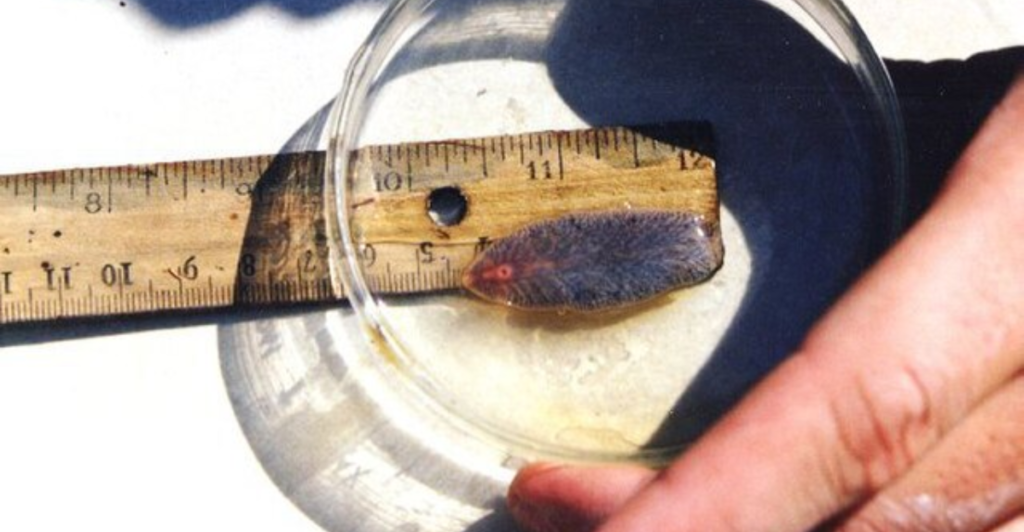
Nutria carries a range of pathogens and parasites that can harm humans, livestock, and pets. Among these are tuberculosis, septicemia, tapeworms, liver flukes, and blood flukes. Their urine and feces can contaminate drinking water and swimming areas, posing significant health risks.
Historical Introduction

Nutria were first introduced to the U.S. in the late 1800s for the fur trade. However, many were released into the wild after the fur market crashed in the early 1940s, resulting in the establishment of feral populations throughout the country, including California.
California’s Experience
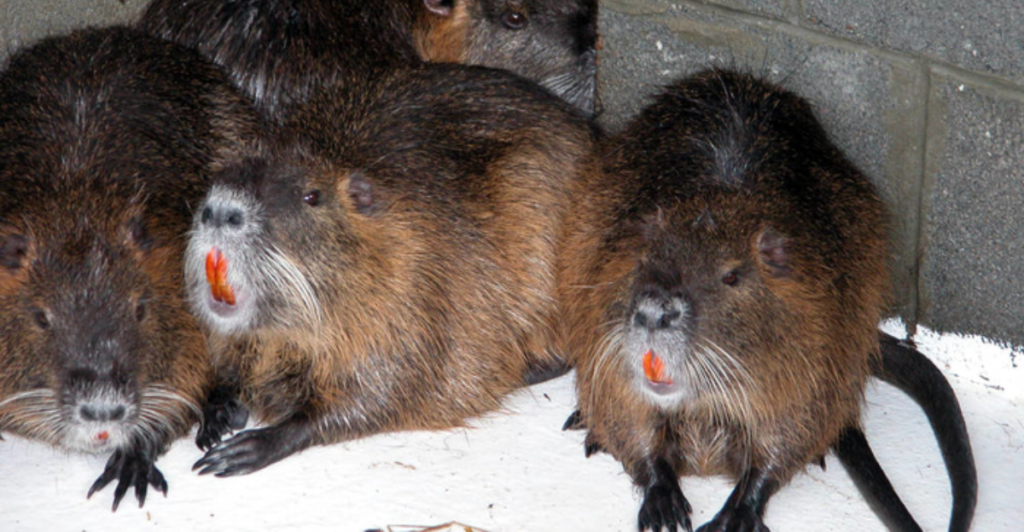
Nutria were first brought to California in the 1930s as part of a widespread practice of fur farming, but most were released after the fur trade collapsed. Even though attempts were made to eradicate them in the 1970s, a reproducing population was found in the San Joaquin Valley in 2017. Nutria are now listed as restricted in California, and their possession requires a permit.
Current Situation in California
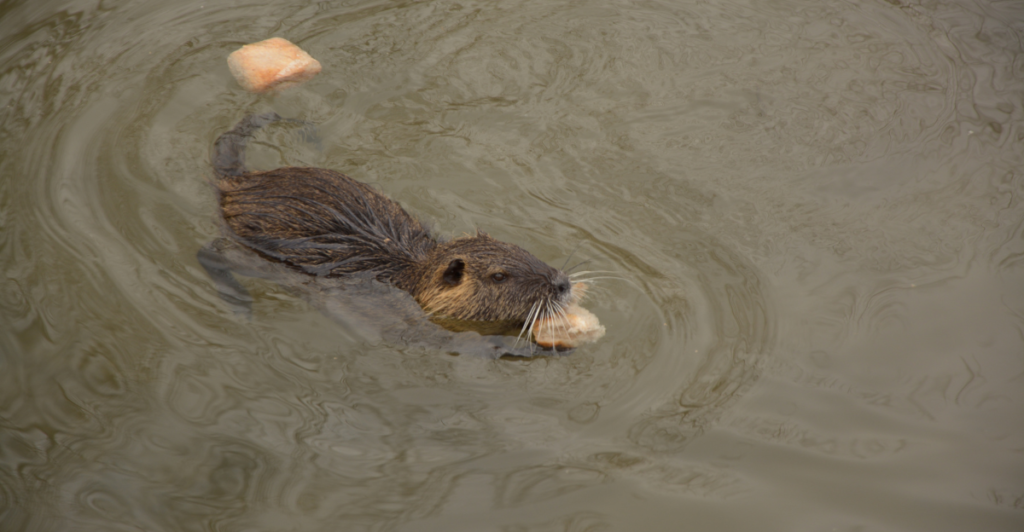
As of recent reports, state wildlife officials have removed nearly 5,500 nutria, with most coming from Merced, Fresno and Stanislaus counties. The California Department of Fish and Wildlife believes that the nutria population is still relatively small enough that eradication is possible and asks the public to report any sightings.
Management Efforts

To combat the nutria invaders, comprehensive management plans involving local, state, and federal authorities have been developed to help manage the nutria invasion. These include public awareness campaigns and requests for reporting nutria sightings to facilitate their removal.
“Save a Swamp, Sauté a Nutria” Campaign
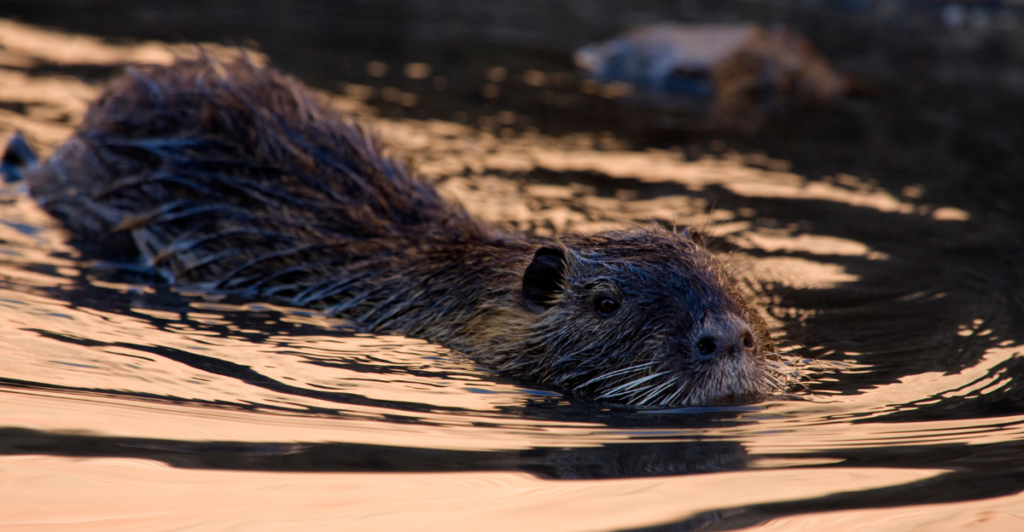
The U.S. Fish and Wildlife Service has even launched a campaign called “Save a Swamp, Sauté a Nutria,” encouraging people to eat nutria to help keep their populations down. The campaign emphasizes the lean, mild-tasting nutria meat and even likens it to rabbit or dark turkey meat.
Concerns Over the Campaign
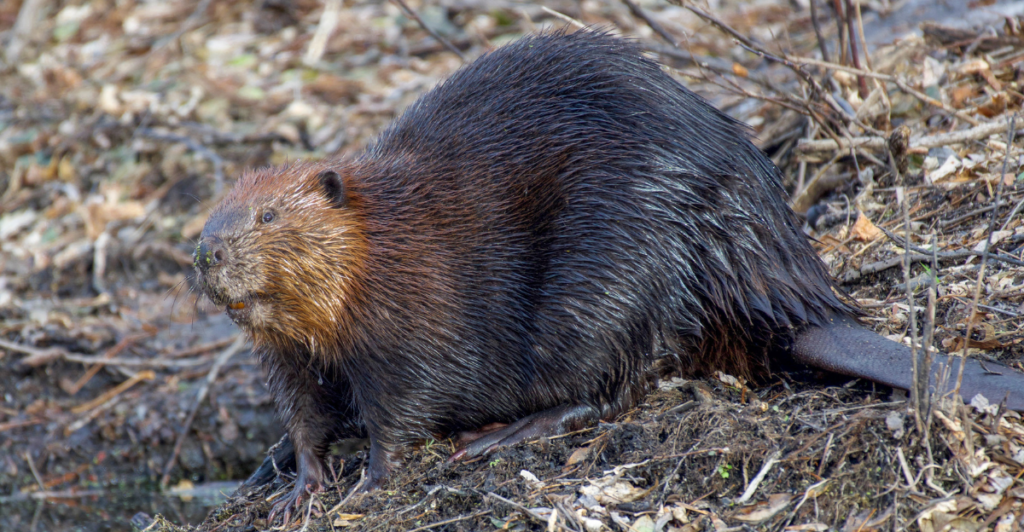
While the campaign’s goal is to decrease the population of nutria, state officials in California said they are worried that people may not properly identify the critters. Confusing other animals, such as otters or beavers, for nutria could be grounds for legal action, and hunting nutria on private property requires the landowner’s permission.
Legal Considerations
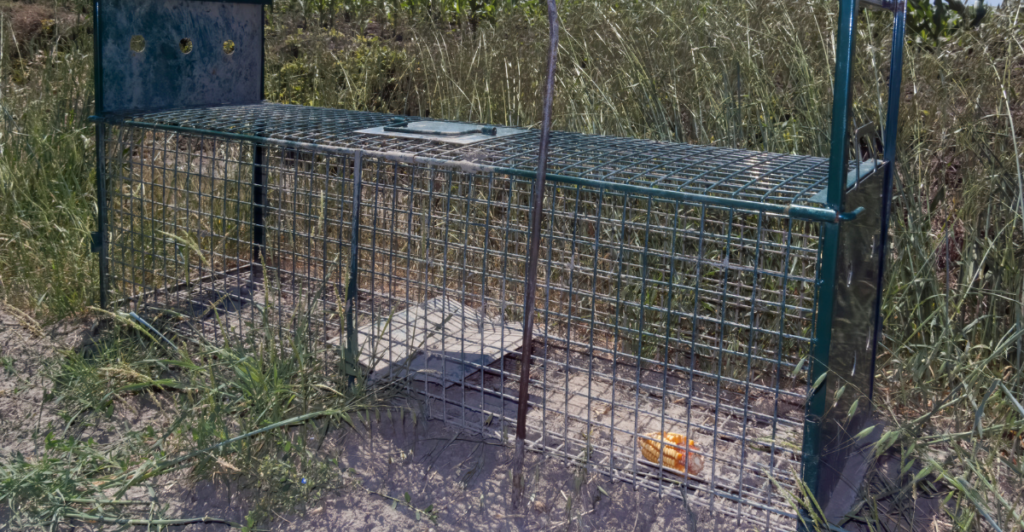
In California, nutria cannot be transported, imported, or possessed without a permit due to their devastating status as an invasive species. Hunters must follow their local laws; hunting nutria without permits could lead to legal trouble.
A Significant Threat
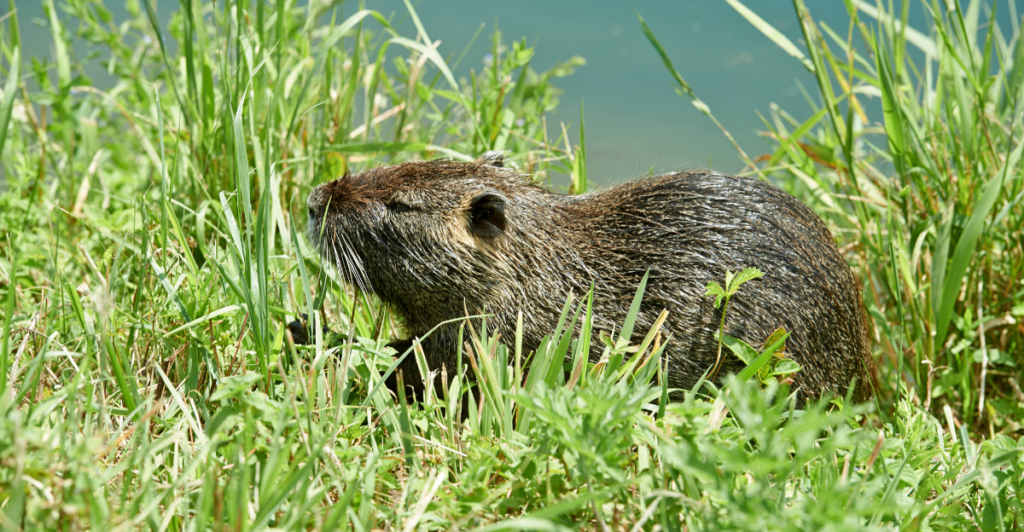
Nutrias are not just a nuisance; they pose significant environmental and health risks, and innovative strategies like “Save a Swamp, Sauté a Nutria” are being explored to manage their populations. Although there are numerous hurdles still to overcome, public awareness and collaboration are crucial in protecting ecosystems from these invasive rodents.
Explore more of our trending stories and hit Follow to keep them coming to your feed!

Don’t miss out on more stories like this! Hit the Follow button at the top of this article to stay updated with the latest news. Share your thoughts in the comments—we’d love to hear from you!







